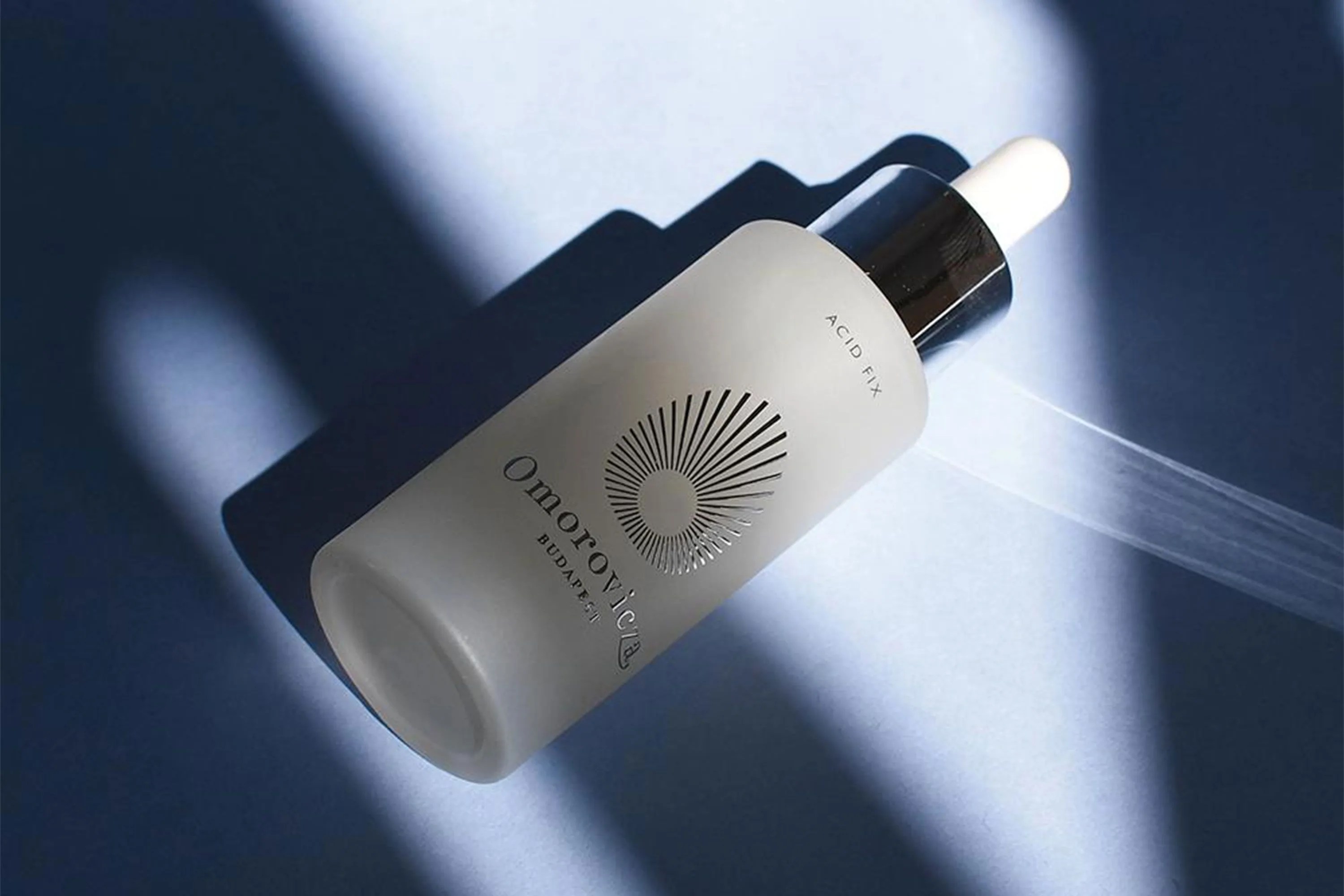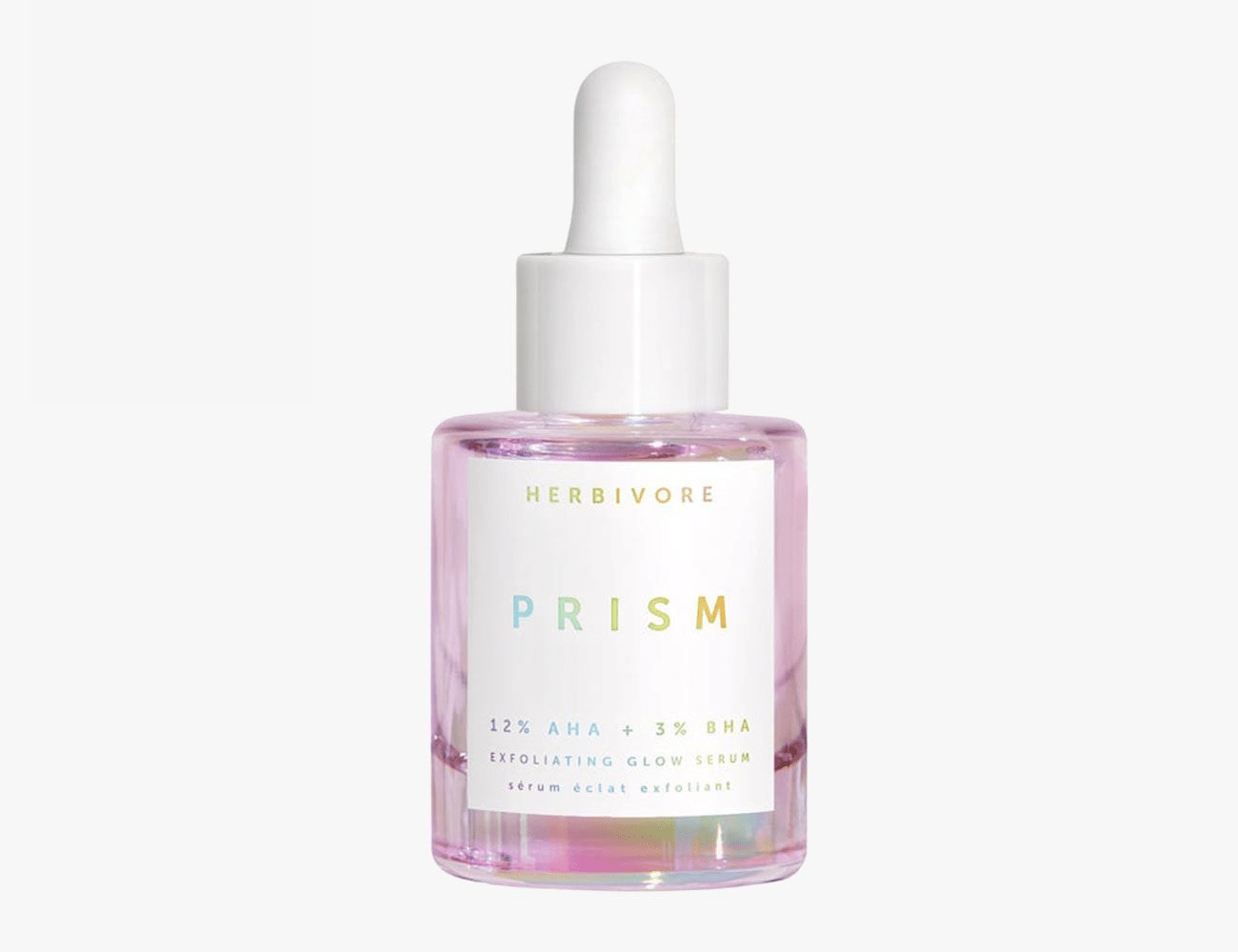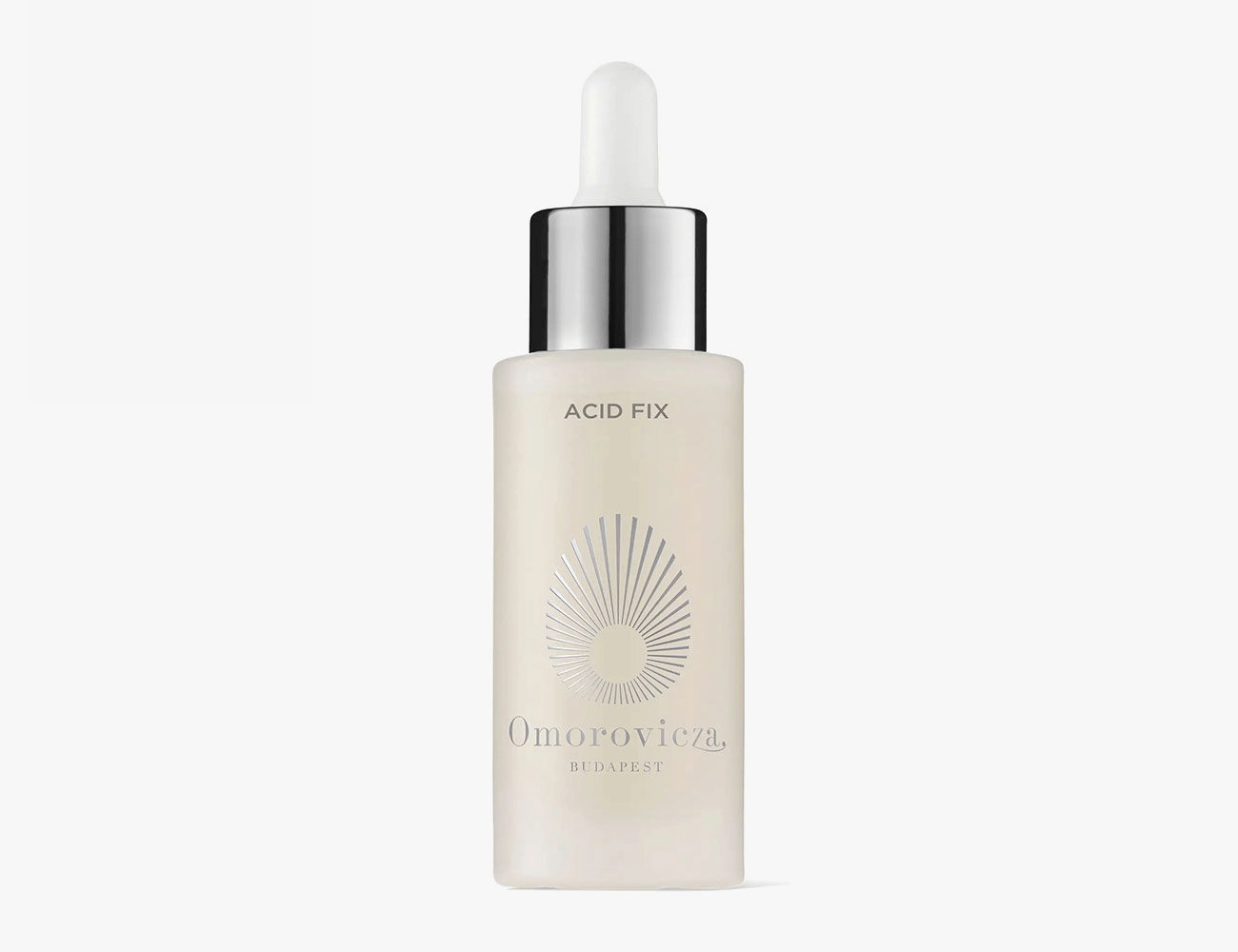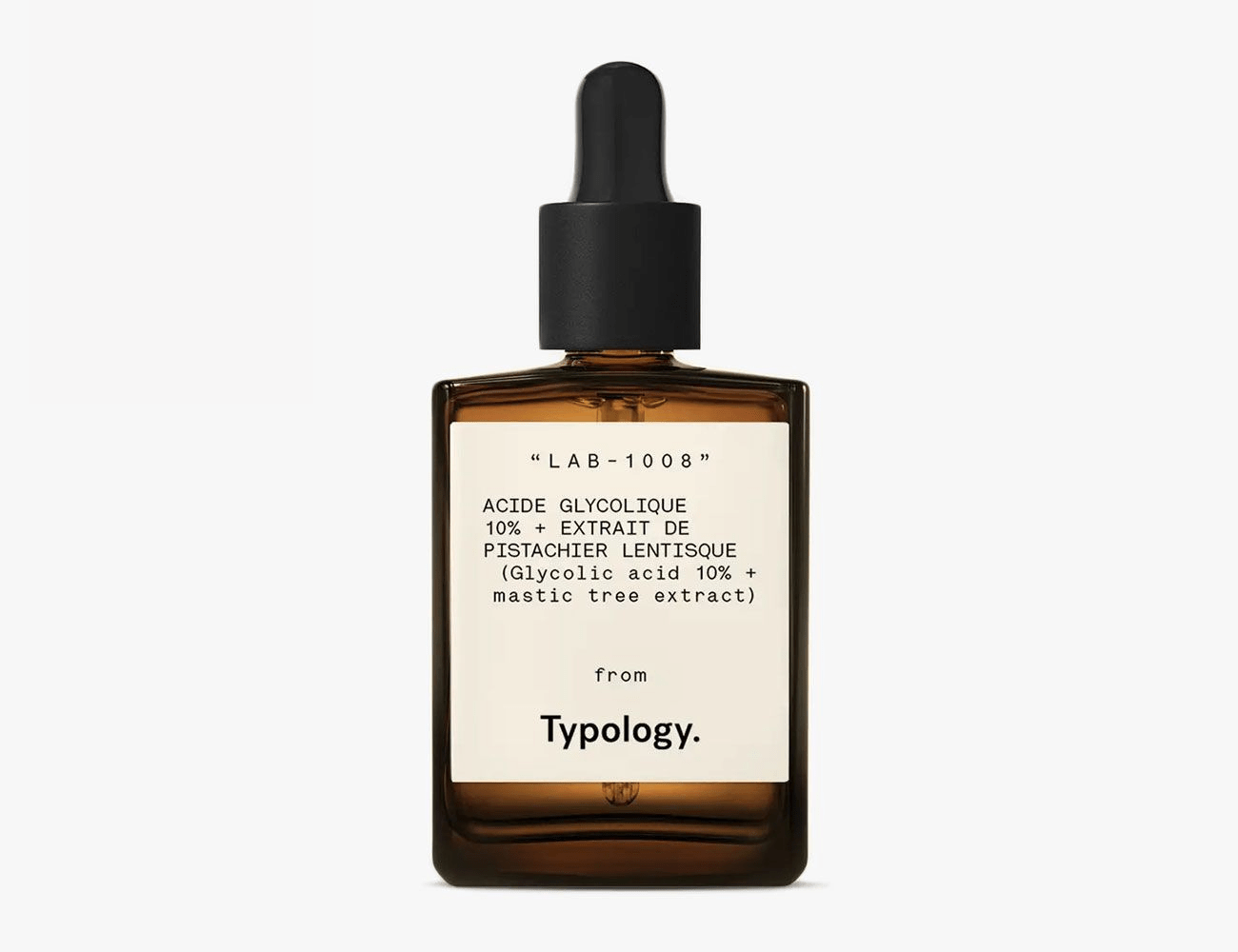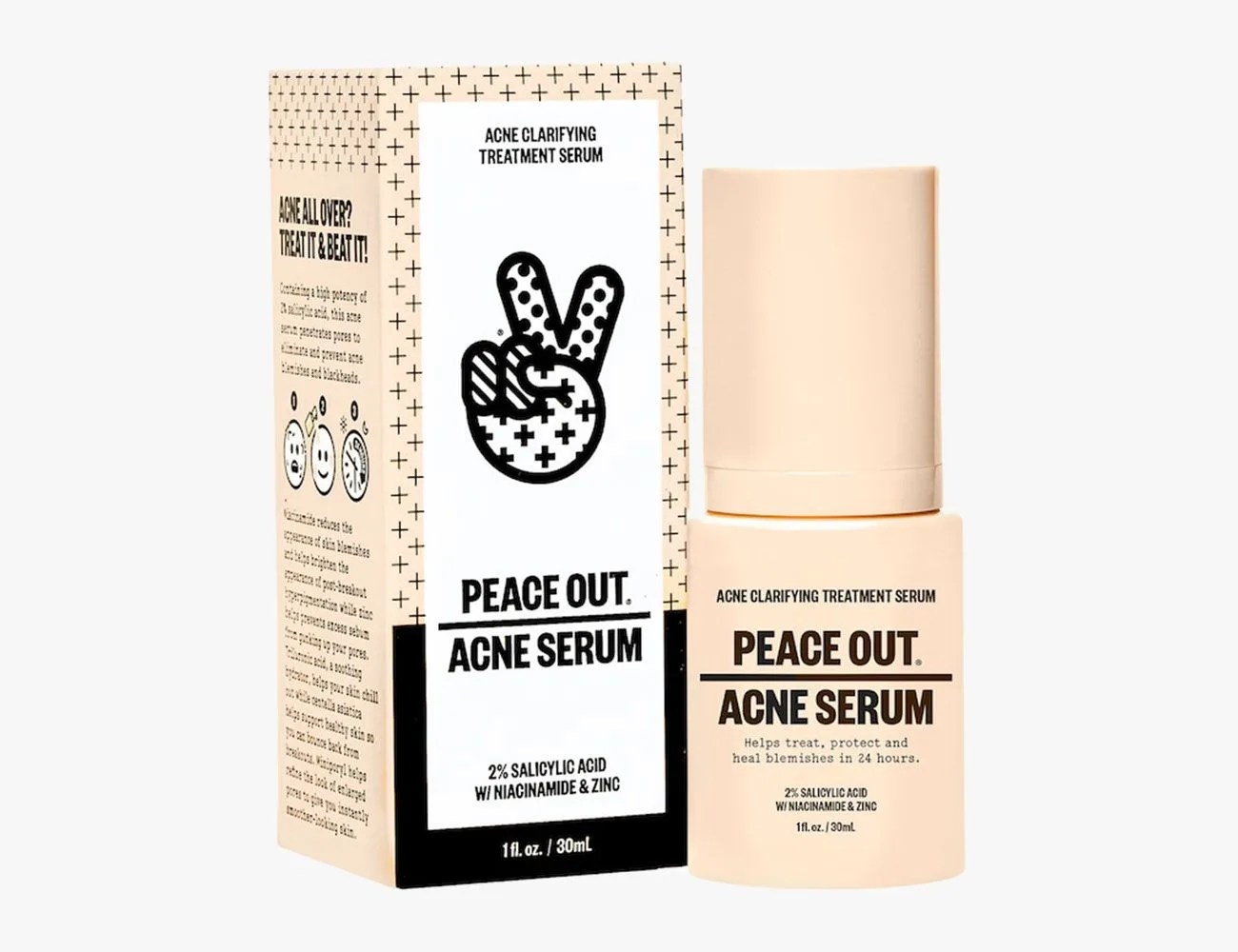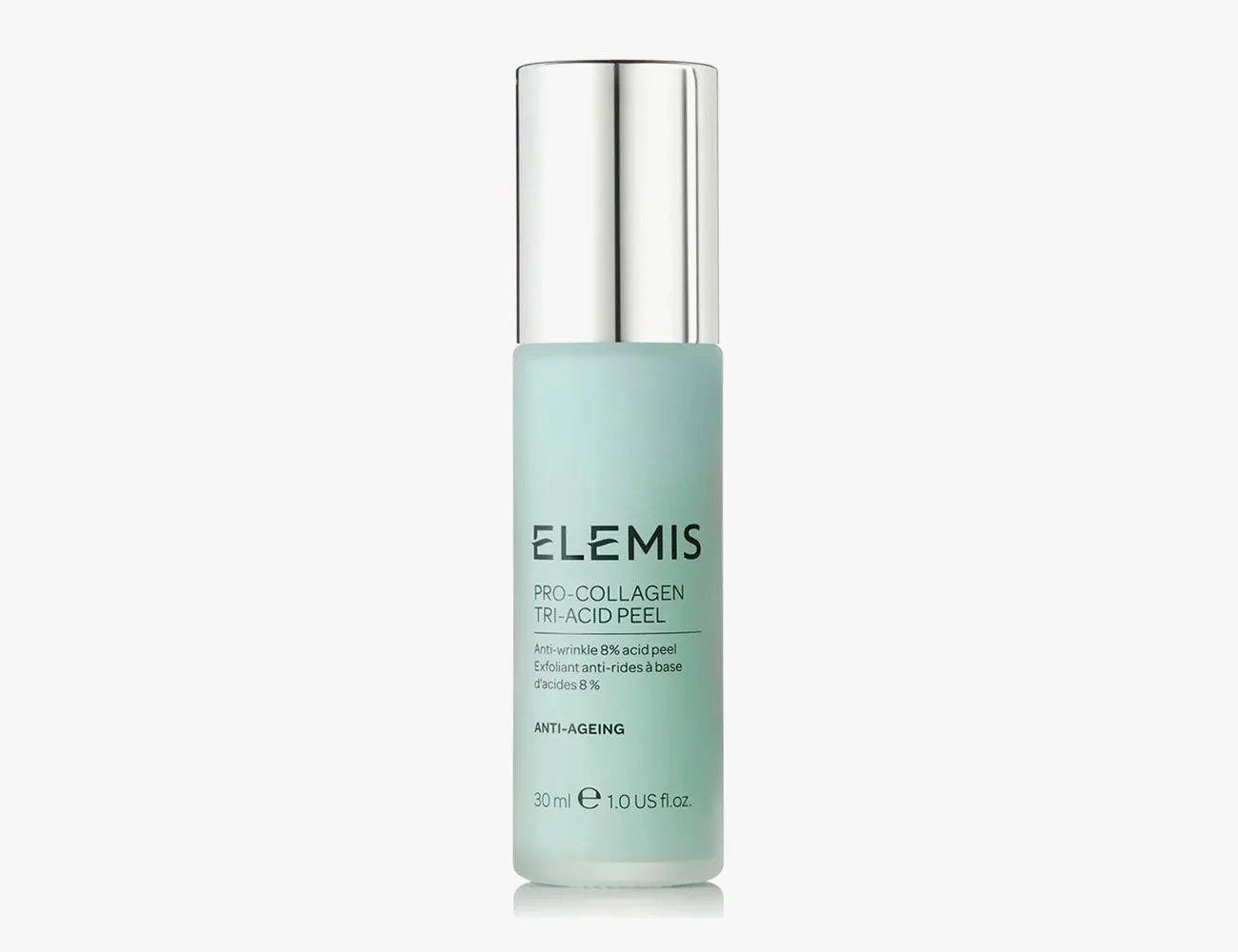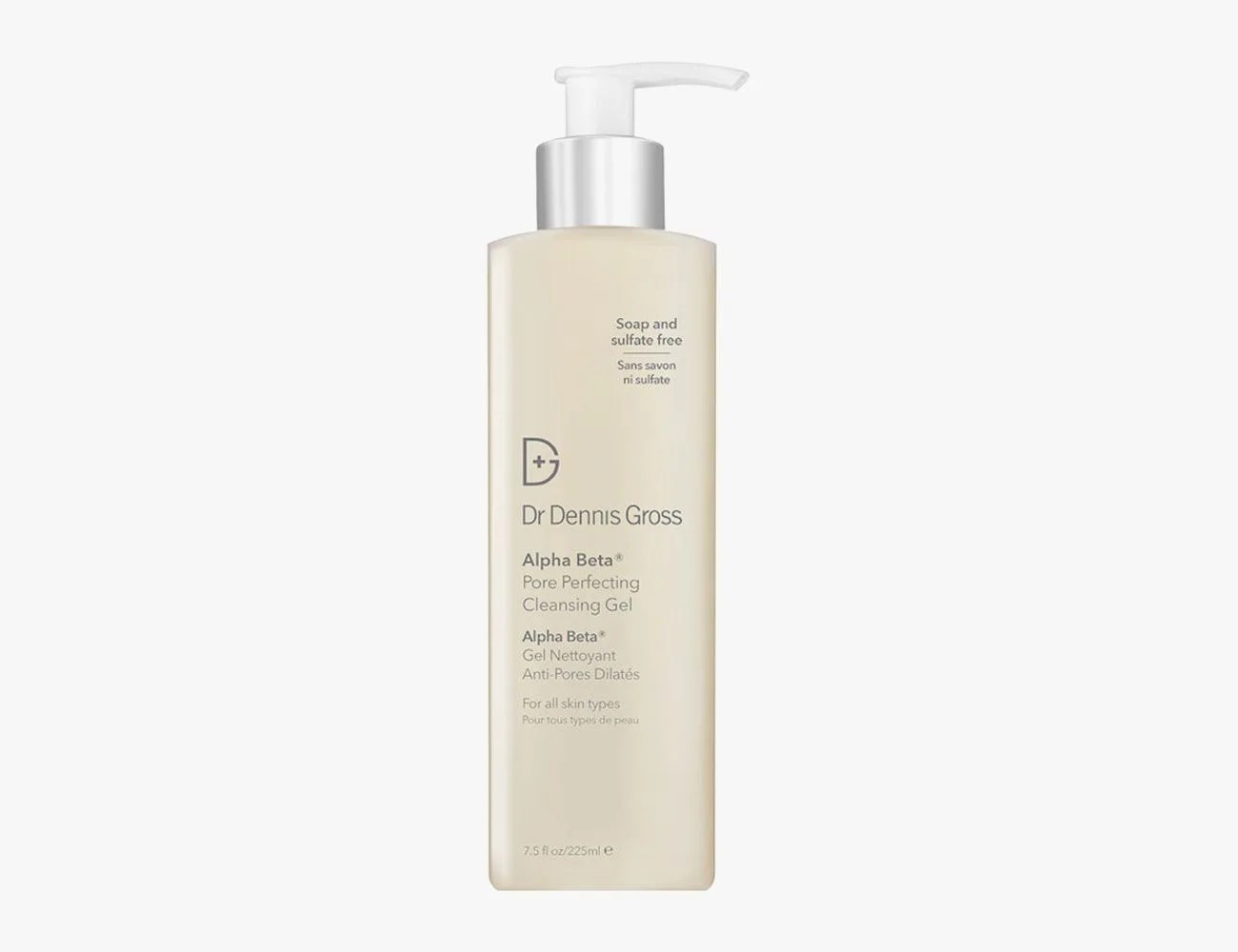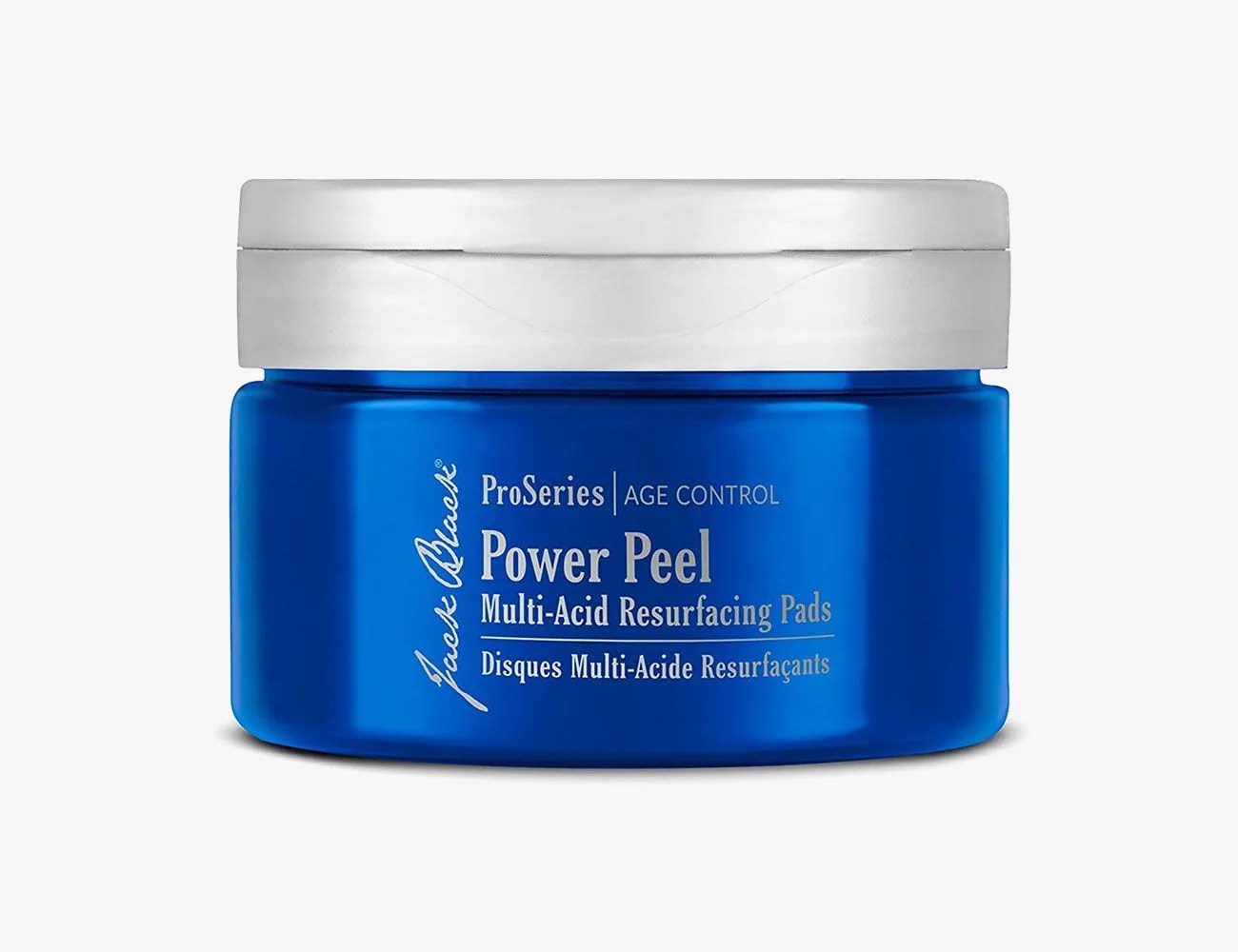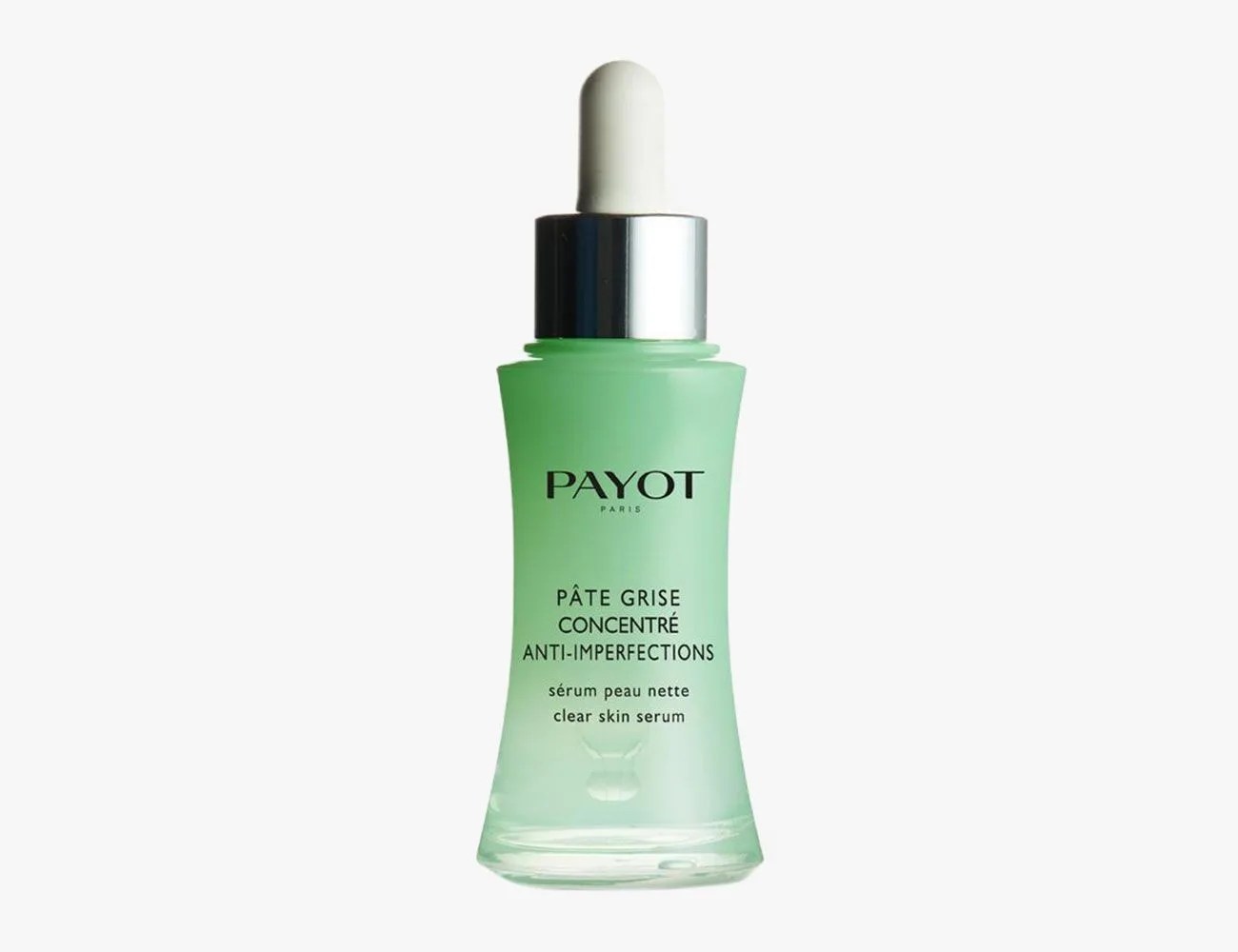Exfoliating is an essential step in your skincare regimen. It helps rid of dead skin cells, which might otherwise take residence inside your pores (and lead to breakouts), or which can leave your skin looking dull or feeling rough. By exfoliating your skin regularly, you encourage cellular turnover, and in turn, maintain a better complexion all around. In addition to fewer blemishes and smoother texture, you also help turn over dark spots and acne marks, so that they disappear sooner as opposed to lingering for months on end.
And while many people think of physical scrubs when they hear the word exfoliate, it’s the less gritty ones — the chemical exfoliants — that tend to work more effectively. These serums, peels, cleansers, and treatments seep into the skin, to dissolve dead skin cells, unclog pores, balances oil levels, and promote cellular turnover. They come in various intensities depending on how frequently you plan to use them, or how targeted and concentrated they may be. (For example, a daily cleanser or serum may have a lower concentration, while a weekly peel or treatment will have a high concentration.
There are also numerous types of ingredients used in chemical exfoliants. The most common are Alpha Hydroxy Acids (AHAs) and Beta Hydroxy Acids (BHAs). AHAs, like glycolic, lactic, citric, and mandelic acid work at the surface of the skin to dissolve dead cells and smooth texture, while also mitigating blemishes like blackheads and dark spots. As for BHAs, you’ll mostly see salicylic acid or willow bark extract (which itself contains salicylic acid); these help control/balance oil levels in the pores, while flushing out grime and also dissolving dead cells that might otherwise clog those pores. While AHAs have more universal appeal, BHAs are especially attractive for oily-skinned and acne-prone individuals.
You may also see fruit- and plant-derived enzymes (like papaya extract) or Polyhydroxy Acids (PHAs), which offer various exfoliating and skin-smoothing benefits. They’re less frequently used than AHAs and BHAs, but are no less useful.
And if any ingredient with the word ‘acid’ sounds particularly off-putting to you, don’t forget that your own skin is acidic by nature. These ingredients should by and large agree with your skin — though sensitive skin types should take caution — and a spot-test should always be done on a small patch of skin before full-on use. Follow the instructions of any product closely in order to maximize its benefits, and to avoid nullifying its abilities outright.
Below are our favorite chemical exfoliants — each of which can help you get clearer skin in a few short weeks, and on a daily basis with continued use.
